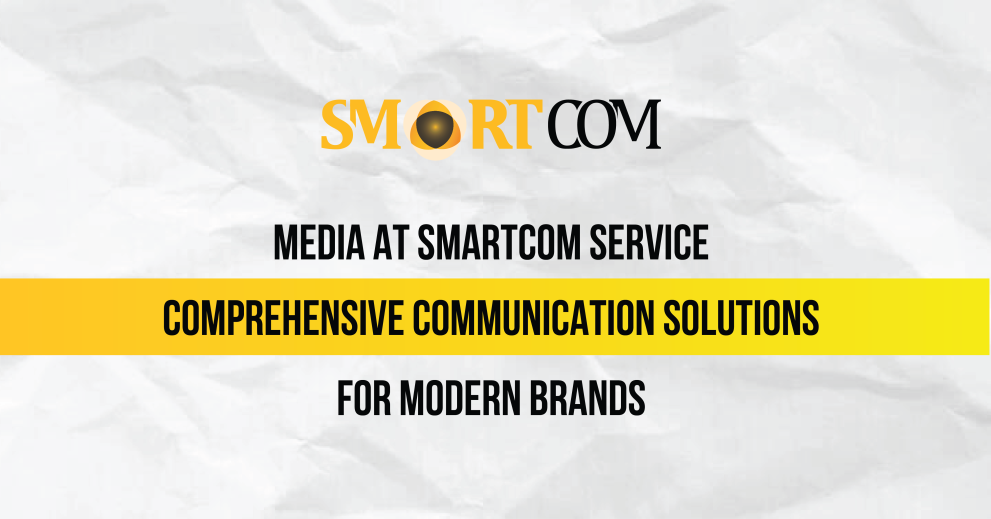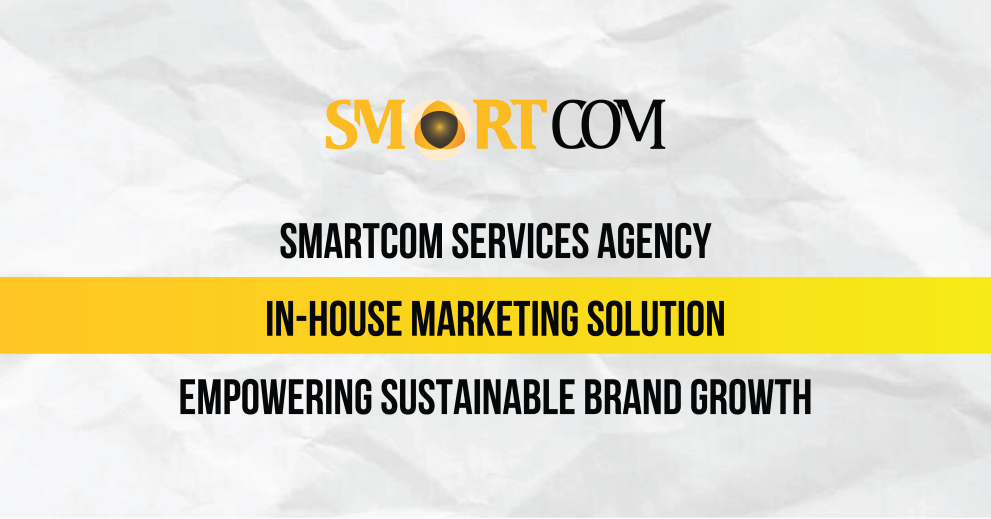In today’s modern marketing landscape, a Key Visual is more than just a representative image – it is the “soul” that enables a brand to express its identity and convey a consistent message across all communication channels. From global campaigns to local activations, Key Visuals play a central role in creating emotional impact and enhancing brand recall.
As a creative agency in the communications field, Smartcom consistently leverages the power of Key Visuals to build distinctive, strong, and enduring brand imagery that resonates in the minds of consumers.
I. Key Visual – The Soul of a Brand’s Visual Identity
A Key Visual is the main image that represents the brand consistently across all communication materials – from advertisements, packaging, banners, and social media to TVCs. It goes beyond simply being an eye-catching design; it serves as a visual summary of the entire brand strategy, encapsulating its colors, message, style, and emotional tone.
1. Key Elements of an Effective Key Visual
First of all, the main color is the first thing that catches people’s eyes and shows the brand’s emotion. Every color has its own unique meaning and energy: red represents passion and vitality, orange embodies a sense of creativity, while blue signifies trust and stability. Each color carries its own language and energy: red represents vitality and passion, orange evokes creativity, while blue symbolizes trust and stability.
Choosing and combining the right colors not only helps a brand visually express its emotions, but also builds a distinctive identity in a highly competitive market. A consistent color palette allows customers to instantly recognize the brand — even through the smallest visual detail — while reinforcing trust and positive emotions every time they encounter its imagery.
Besides color, typography (the style of text) also helps shape the brand’s “voice.” Fonts are not just for readings; they show the brand’s personality and the way it communicates. For example, Apple uses a simple sans-serif font to express a modern, clean, and high-tech image. In contrast, Disney uses a curly, fairy-tale-style font that feels friendly and magical, reminding people of stories for all ages.
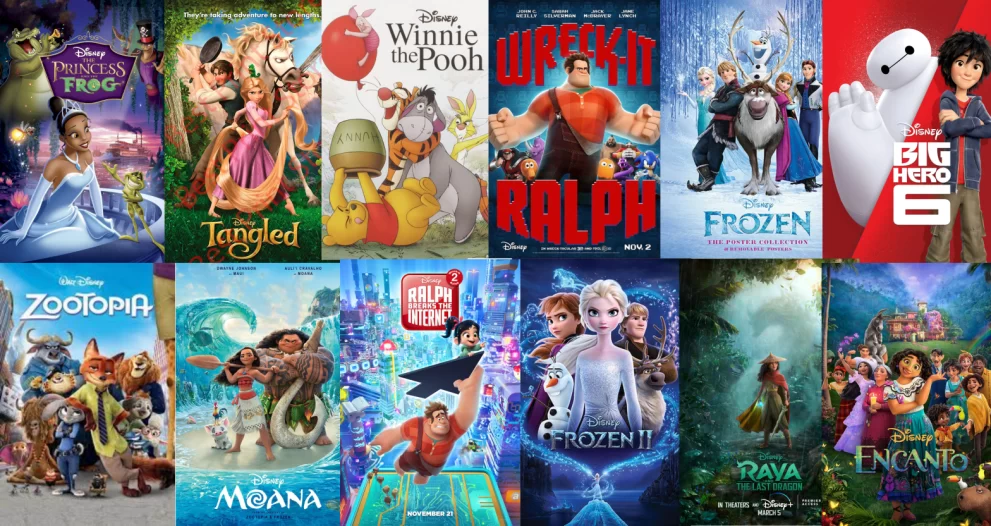
Next are images and layout – the “heart” of a Key Visual. If color evokes the initial emotion, then imagery and composition are what convey the brand’s spirit and story. A strong composition ensures harmony among visual elements, lighting, color tones, and negative space, guiding the viewer’s eye toward the core message within the overall Key Visual.
Finally, a strong Key Visual needs to have flexibility across platforms. This means that no matter where it appears, on billboards, websites, social media, or packaging, the visual should still show the same core identity. With one Key Visual, a brand can adapt it into videos, ads, or printed materials while keeping the same message and look everywhere.
2. The Role of a Key Visual in Conveying Brand Identity
A Key Visual plays an essential role in building brand identity by creating consistency across communication channels, expressing a unique personality, and delivering deep emotional connections with customers. When a brand uses the same Key Visual across multiple campaigns, it becomes easier for audiences to recognize and develop a sense of familiarity and trust.
At the same time, the Key Visual helps transform a brand’s personality into a clear visual expression: the vibrant red of Coca-Cola conveys joy and energy, while Apple’s bitten apple logo stands for creativity and uniqueness.
Moreover, a strong Key Visual can evoke powerful emotions. For instance, in OMO’s “Dirt for Good” campaign, the imagery goes beyond showcasing the convey, it celebrates meaningful experiences and human values, making the brand feel alive and memorable in the minds of consumers.
II. Thematic Key Visual vs. Product Key Visual: What’s the Difference?
In a communication strategy, Thematic and Product Key Visuals are two common types that serve different purposes.
1. Thematic Key Visual
A Thematic Key Visual focuses on a broader brand theme or story, helping to shape consistent brand identity and emotional connection with customers. Instead of highlighting a specific product, this type of Key Visual conveys the brand’s spirit, core values, and strategic message.
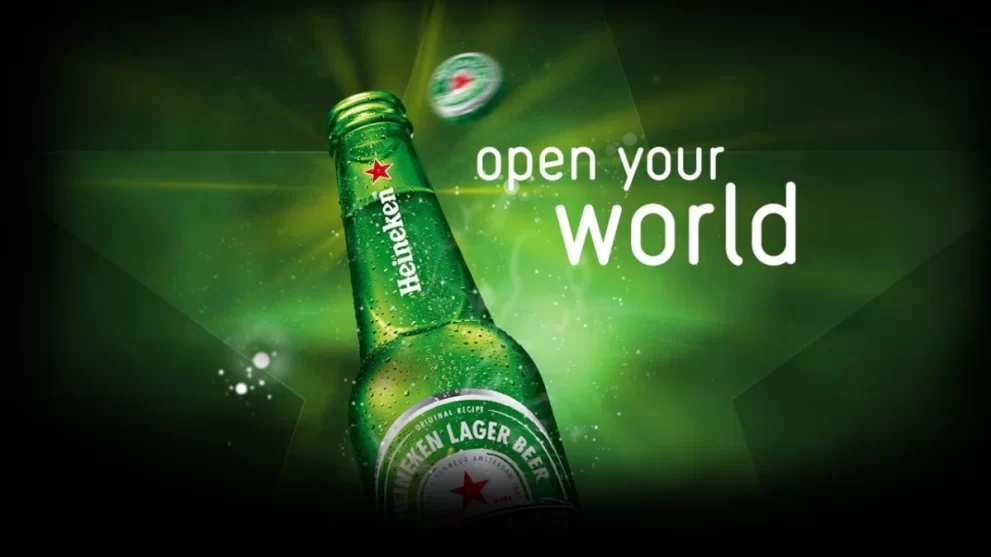
For example, Heineken’s “Open Your World” campaign doesn’t just promote beer – it reflects the brand’s spirit of openness, global connection, and shared experiences. Thematic Key Visuals are often used across multiple campaigns and platforms to build visual and emotional consistency, allowing customers to recognize the brand even when the product itself isn’t shown directly.
2. Product Key Visual
In contrast, a Product Key Visual focuses directly on a product or product line. Its main goal is to highlight product features, benefits, and user experiences, making it easier for consumers to identify and remember the product. Product Key Visuals are typically used in sales campaigns, websites, packaging, posters, or social media, aiming to drive conversion and encourage purchase behavior.
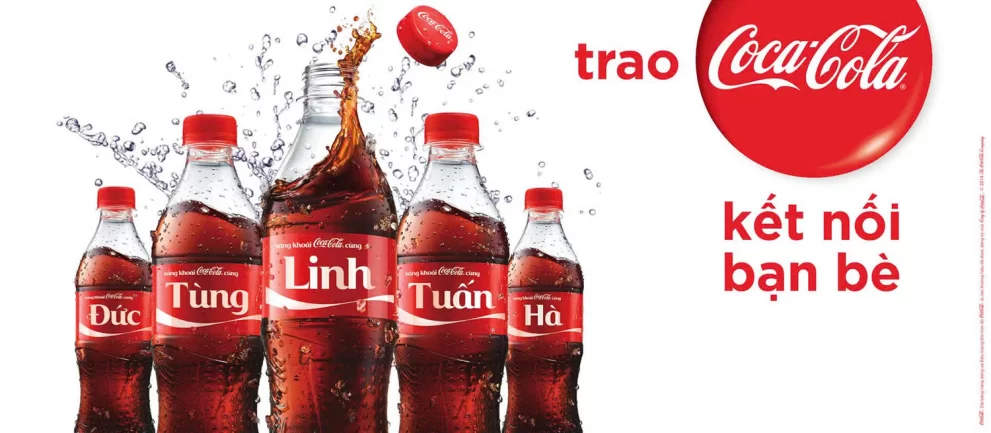
>For instance, in Coca-Cola’s “Share a Coke” campaign, each bottle was personalized with individual names, turning the product itself into a central highlight that attracted attention and encouraged interaction. Although centered on the product, a Product should still maintain alignment with the overall brand identity to ensure consistency and avoid visual fragmentation across campaigns.
III. Applications of Key Visuals in Marketing Campaigns
In the digital environment, a Key Visual is applied across social media platforms, banner ads, email marketing, and websites to help brands maintain consistency and strengthen recognition. On social media, the main visual not only captures attention but also delivers the brand message quickly and memorably. For instance, animated versions of the Key Visual can create strong interactive effects, encouraging audiences to actively engage with the campaign. Meanwhile, banner and display ads that use consistent they can increase click-through rates and improve advertising effectiveness.
Beyond the digital space, they are also widely used in offline activities — that is, all forms of direct, real-world communication campaigns. This includes out-of-home (OOH) advertising, TVCs, posters, POSM (point-of-sale materials), and printed or in-store banners. In these settings, the Key Visual helps the brand create a strong visual impression, maintain image and message consistency, and build a sense of familiarity and trust with customers.
In addition to digital and offline channels, they are also applied in events and product packaging, creating a seamless and immersive brand experience. At events, they appear on backdrops, standees, gifts, and staff uniforms, ensuring a cohesive and memorable brand atmosphere. On product packaging, the Key Visual not only highlights the product but also conveys the brand’s core values and message — allowing customers to form an emotional connection with the brand from the very first touchpoint.
IV. Iconic Key Visuals from Leading Brands
1. Apple – Shot on iPhone: Transforming everyday users into storytellers for the brand
The “Shot on iPhone” campaign is a clear example of how Apple uses its Key Visual to celebrate user experiences and strengthen its image as a creative and sophisticated brand. Instead of relying on traditional advertising visuals, Apple chose authentic photos taken by real users as the central imagery. The campaign’s Key Visuals feature large, high-quality photographs displayed on minimalist white backgrounds, accompanied by the simple yet powerful tagline “Shot on iPhone.”
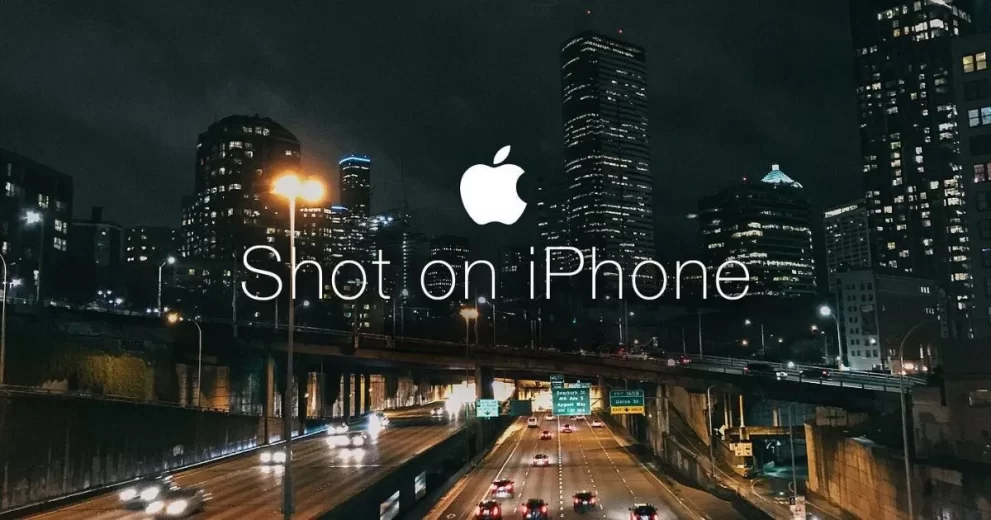
This design not only highlights the superior camera quality of the iPhone but also delivers a deeper message about creativity within everyone — showing that anyone can create art with an iPhone. The visuals were consistently applied across billboards, websites, social media, and Apple Stores, forming a globally recognizable visual campaign that allows people to identify the brand instantly, even without seeing its logo.
2. Nike – Just Do It: Defining brand spirit through symbols and emotions
Nike’s “Just Do It” campaign is a prime example of how a Key Visual can embody both symbolism and deep emotion. The central imagery often features athletes captured in moments of determination or triumph, combined with the iconic “swoosh” logo and the timeless slogan “Just Do It.” The strong composition, dark tones, and focused lighting on the subject convey a spirit of resilience, courage, and relentless pursuit of excellence.
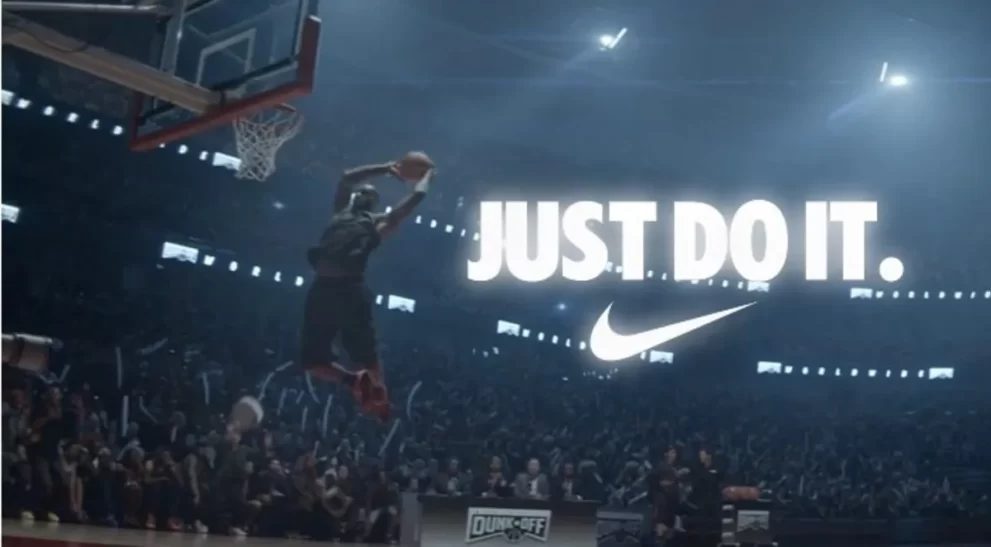
The Key Visuals for “Just Do It” were implemented across posters, TV commercials, billboards, social media, and collaborative campaigns with renowned athletes. This consistency in imagery, color palette, and message allows Nike to maintain a cohesive global brand identity while inspiring powerful emotions in its audience. It stands as a testament to how a Key Visual can evolve beyond product promotion to become a true cultural icon.
3. OMO – Dirt for Good: Emotional and Human-Centered Messaging in Visuals
OMO’s “Dirt for Good” campaign uses its Key Visual to convey a human-centered message and celebrate the value of real-life experiences. The visual doesn’t just show children playing and getting their clothes dirty — it represents learning, growth, and discovery through those experiences. With its bright colors, dynamic composition, and simple yet meaningful symbols, the Key Visual is both memorable and emotionally uplifting, linking the product to positive, everyday moments.

This was implemented across multiple channels, including product packaging, TV commercials, posters, and social media – ensuring consistency and reinforcing brand recall. Unlike campaigns that focus solely on product features, OMO emphasizes emotional connection and human values, allowing the brand to be not only recognized but also loved and remembered in the hearts of consumers over time.
V. FAQs
1. What is a Key Visual and why is it important in brand building?
A Key Visual is the central image that reflects the spirit of a brand or campaign. It combines colors, typography, illustration style, and visual messaging to create a unified visual language used consistently across TVCs, banners, websites, social media, events, and packaging.
A strong Key Visual ensures faster message delivery, maintains consistency across communication channels, and enhances brand recall. In advertising campaigns, a compelling Key Visual increases attention and directly supports sales performance.
2. What is the difference between a Thematic Key Visual and a Product Key Visual?
A Thematic Key Visual focuses on the overarching story, values, and personality of the brand. A Product Key Visual emphasizes the product itself—its benefits, features, and user experience.
Both are important but serve different communication objectives.
3. How do Key Visual and Concept differ?
A Key Visual is the primary image used to express the essence of a specific campaign or communication direction.
A Concept, however, is the core idea that shapes the entire narrative—explaining the purpose, values, and message behind a product or campaign.
The Concept is the “big idea,” while the Key Visual is the visual execution of that idea.
4. How are Key Visual and Logo different?
A logo is a permanent brand symbol that appears on all brand assets, ensuring immediate recognition. It is long-term and remains unchanged across campaigns.
A Key Visual is flexible and created specifically for individual marketing campaigns, designed to communicate short-term messages.
5. What makes an effective Key Visual?
An effective Key Visual requires a harmonious combination of core color palettes, typography, imagery, layout, iconography, and cross-platform adaptability. These elements work together to evoke emotion, maintain consistency, and create a strong, memorable impression.
6. What are common mistakes when creating a Key Visual?
Common mistakes include:
-
Overloading details that clutter the composition
-
Using visuals that are inconsistent with the brand identity
-
Failing to test visibility at smaller sizes
-
Applying colors inconsistently across platforms
To avoid these issues, keep the layout clean, adhere to brand identity guidelines, conduct multi-platform testing, and maintain strict color control.
7. How does Smartcom support businesses in developing Key Visuals?
Smartcom assists businesses through the entire process—from insight research, concept development, and Key Visual design to multi-channel deployment.
The approach focuses on creativity, consistency, and practical adaptability to ensure the Key Visual accurately reflects the brand’s identity.
VI. Conclusion
A Key Visual is not just a brand image — it’s a strategic foundation that brings consistency, recognition, and emotional depth to every communication campaign. From digital and offline channels to events and product packaging, an effective Key Visual helps brands leave a lasting impression, express their core values, and build powerful emotional connections with customers. Global and local brands like Coca-Cola, Heineken, Viettel, and OMO have proven that when strategically designed, a Key Visual becomes more than a communication tool — it becomes the living soul of the brand.
With over 10 years of experience in marketing and brand development, Smartcom helps businesses create Key Visuals that align with long-term strategy — creative, adaptable, and effective across all platforms. Smartcom supports every stage of the process, from insight research, concept development, and visual design to multi-channel implementation, ensuring each Key Visual truly reflects the brand’s identity and leaves a lasting impact on its audience. When partnering with Smartcom, your brand will not only be seen but also remembered, loved, and firmly positioned in today’s competitive market.




